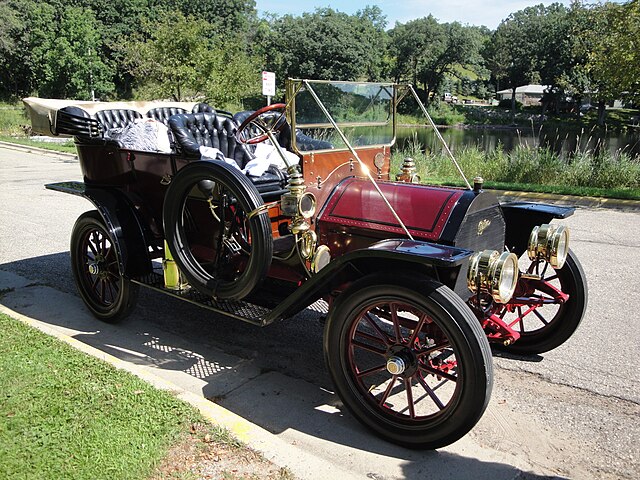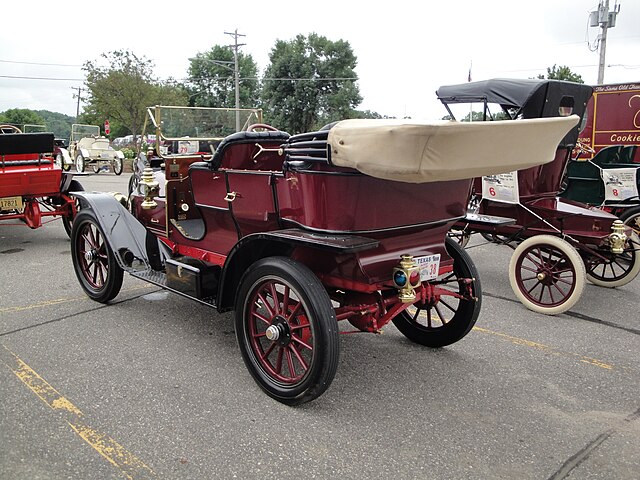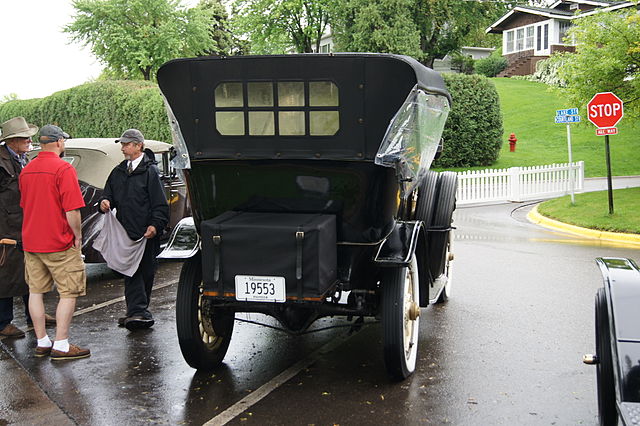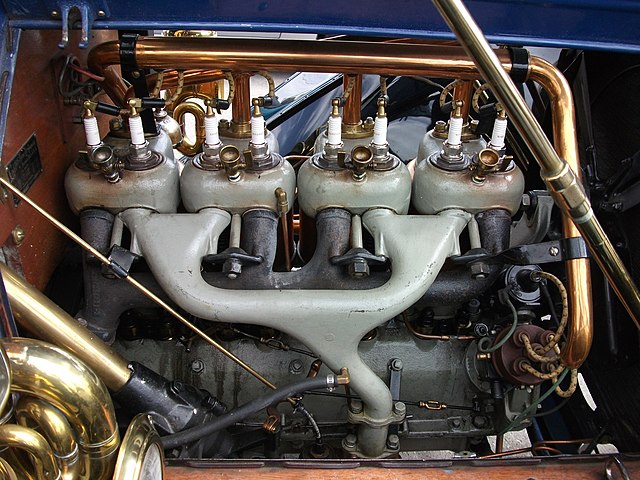
The Cadillac Model 30, introduced in 1909 and produced until 1914, is a seminal vehicle in the history of American automobiles. Known for its durability and luxury, the Model 30 represented a significant step forward in the evolution of motor vehicles. Cadillac, already renowned for its quality and innovation, solidified its reputation with this model.
It was one of the first cars to make features like the electric self-starter and electric lights standard, which set a new benchmark for automotive convenience and safety.
Design and Specifications

The Cadillac Model 30 was distinguished by its meticulous design and construction. The vehicle was equipped with a water-cooled inline-four engine, capable of producing around 30 horsepower, which was a considerable amount at the time. It utilized a three-speed sliding gear transmission, which included a reverse gear, enhancing its versatility and ease of use.
The chassis was robust, made from pressed steel, and featured a wheelbase of 106 inches, providing a stable and comfortable ride.
The car was available in several body styles, including a roadster, demi-tonneau, and touring configurations, catering to a range of consumer preferences. The customization options offered allowed for various luxury features, making each car somewhat unique to its owner. The focus on quality materials and craftsmanship was evident, from the leather upholstery to the polished wood and brass accents.
Technological Innovations

One of the most significant innovations introduced with the Cadillac Model 30 was the Delco electrical system, developed by Charles F. Kettering. This system was revolutionary because it integrated an electric starter, ignition, and lighting system, setting a new standard for automotive technology. Prior to this, cars were started with a hand crank, which could be cumbersome and dangerous.
The introduction of the electric self-starter in the 1912 model made the Model 30 particularly appealing to a broader audience, including women drivers, as it eliminated the physical strain and risk of injury associated with manual cranks.
This advancement not only enhanced the convenience and safety of the automobile but also demonstrated Cadillac’s commitment to innovation and leadership in the industry. It marked a pivotal moment in automotive history, leading to widespread adoption of electric starters in vehicles.
Market Impact and Sales

The Cadillac Model 30 quickly became a symbol of status and reliability upon its release. Its various body styles were competitively priced, ranging from $1,400 to $1,800, which was accessible for many middle and upper-class families at the time.
The car’s reputation for durability was bolstered by Cadillac’s meticulous attention to detail and its pioneering use of standardized parts. This practice not only improved the reliability of the cars but also simplified maintenance and repairs, further enhancing their appeal.
Cadillac’s sales flourished with the Model 30, helping to establish the brand as a top contender in the luxury car market. The company’s reputation for quality and innovation attracted a loyal customer base, setting the stage for future success.
The Model 30’s production continued until the introduction of its successor, the Cadillac Type 51, in 1915, which continued to build on the technological and design foundations laid by the Model 30.
Legacy and Historical Significance

The Cadillac Model 30 holds an esteemed place in automotive history. Its introduction of the electric self-starter, in particular, is considered one of the most important innovations in the automotive industry. This feature not only improved the safety and usability of cars but also played a crucial role in shaping the future of automotive design and engineering.
The Model 30’s impact extended beyond its technological achievements. It played a critical role in establishing Cadillac’s reputation as a leader in the luxury automotive market, a position it maintains to this day.
The car is a beloved collectible among classic car enthusiasts, valued for its innovation, craftsmanship, and place in automotive history. Its legacy is a testament to Cadillac’s enduring commitment to luxury, quality, and technological advancement.
